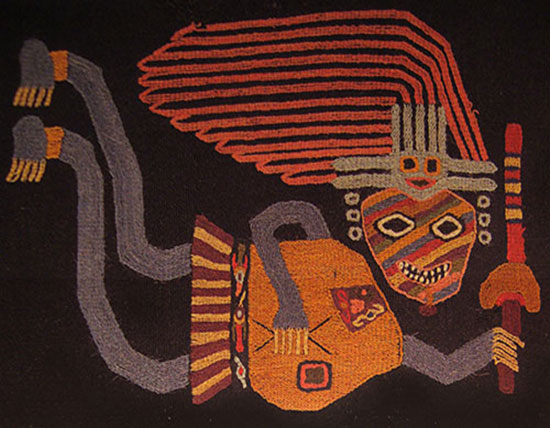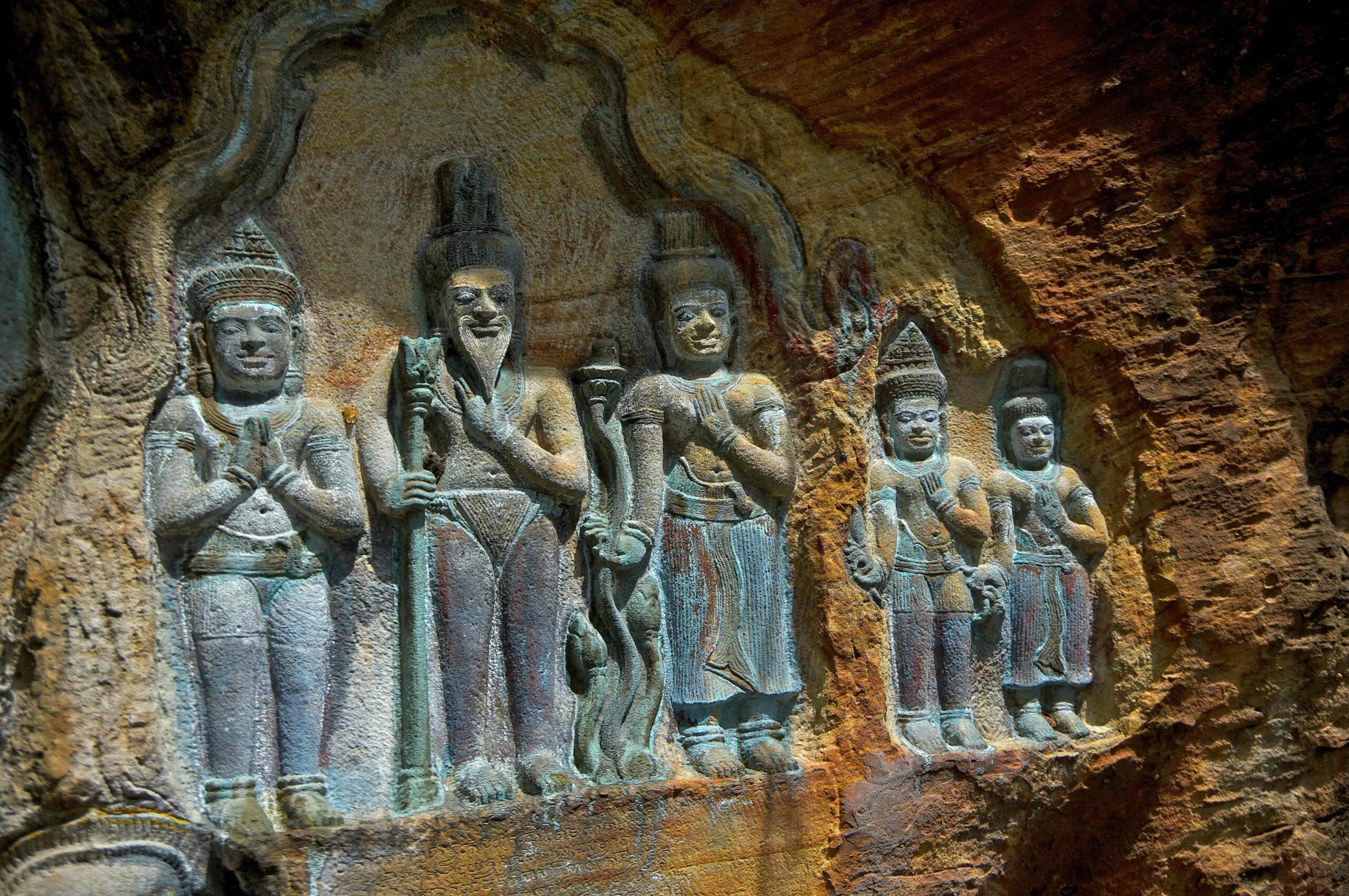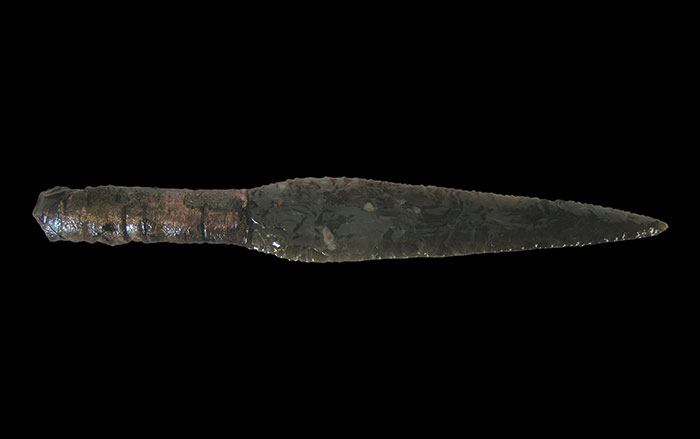
TEMPE, ARIZONA—Hair samples taken from 14 mummies discovered in Peru’s Paracas Necropolis of Wari Kayan, and two artifacts made of human hair, have been analyzed by a team made up of Kelly Knudson of Arizona State University, Ann H. Peters of the University of Pennsylvania Museum of Archaeology and Anthropology, and Elsa Tomasto Cagigao of the Pontifical Catholic University of Peru. The mummies, each found bound in a seated position and wrapped in a cone-shaped bundle of textiles and finely embroidered garments, were discovered in 1927. The testing has shown that during the last months of their lives, the Paracas individuals ate primarily marine products, and plants such as maize and beans. If they traveled between the inland highlands and the coastal regions, they continued to eat marine products. “By using small samples of hair from these mummies, we can learn what they ate in the months and weeks before they died, which is a very intimate look at the past,” Knudson said. To read about another discovery in the region, see "Tomb of the Wari Queens."









